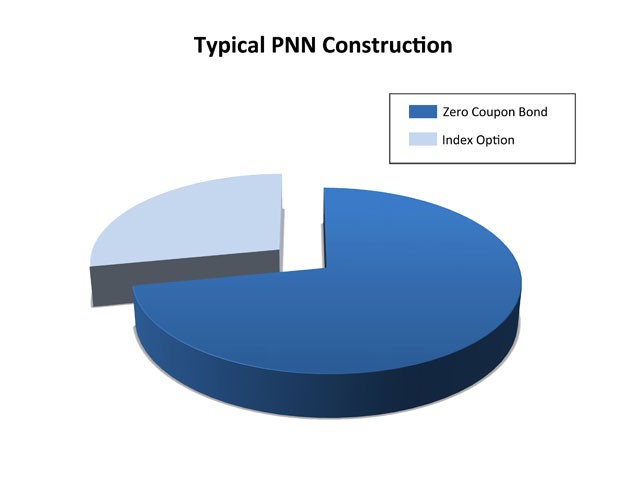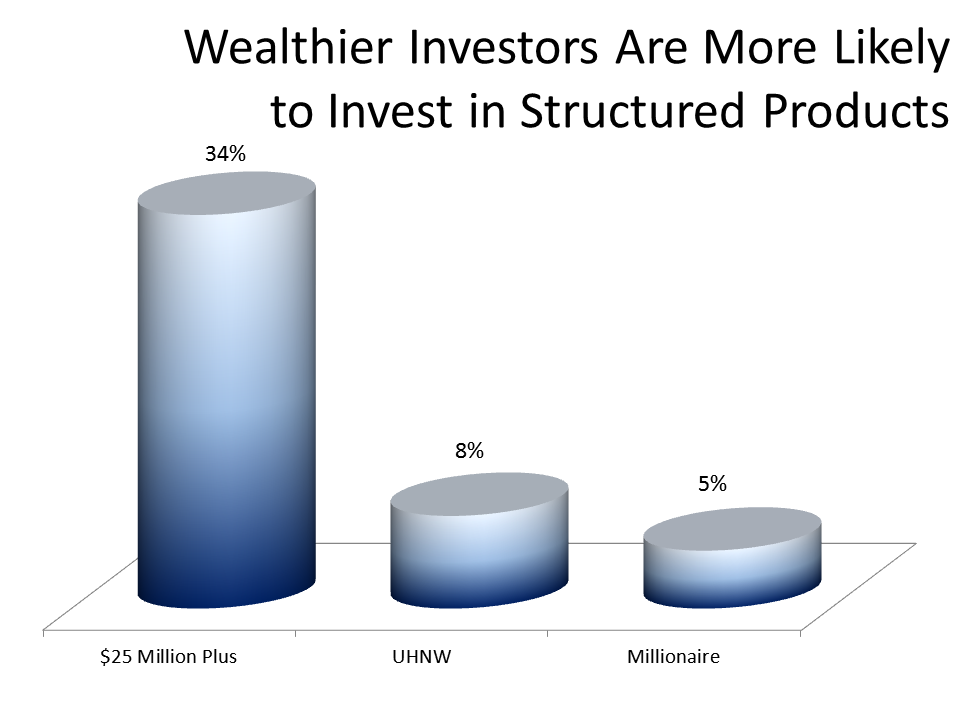What Is a Principal Protected Note
Post on: 2 Июль, 2015 No Comment

These 10 animal facts will amaze you.
Adorable animal families that will make you aww.

These 10 facts about space will blow your mind.
Also known as principal protected products or principal protected securities, principal protected notes are a form of securities that are structured to provide a fixed income. With a principal protected note, the security ensures that the investor will at least earn a return that is equal to the original amount invested. In many cases, notes of this do go one to earn a return that is considerably more than that original investment. The combination of low risk and high return potential makes this type of fixed-income security attractive to many investors.
There are several types of investments that offer the benefit of little to no risk. These include various types of bond issues and guaranteed investment certificates. The difference is that a principal protected note tends to offer the opportunity for greater returns over time than these other two investment options, while carrying a degree of risk that is similar.
For this reason, a principal protected note represents a middle-of-the-road opportunity for investors. The note is likely to generate more of a return than bonds while avoiding any great risk. At the same time, the security is definitely less volatile than investing in many stock options, and is likely to generate an equitable but not quite as spectacular return. As a result, a principal protected note is a good option for conservative investors who nevertheless would like to earn as much as possible without taking on much risk.
The underlying securities that are associated with a principal protected note may include some type of mutual fund or a group of hedge funds. There are situations where commodities serve as the underlying assets for a note. Different groups of funds may provide the backing for the note, as well as a basket of equities.
In regard to the guarantee of earning a return that is at least as much as the initial investment, there are some terms that apply to a principal protected note. The main provision is that the note must be held to maturity. Other provisions may be seen as advantages or disadvantages, depending on the mindset of the investor. For example, many notes of this type provide the chance to invest indirectly in a wide range of options, a characteristic some will find appealing. Others will consider the process of identifying and understanding the scope of those varied underlying investments somewhat bewildering. This can also be somewhat disconcerting for an investor who wants to understand the historical performance of those underlying assets and what that history could mean for the future profits earned on a principal protected note.














